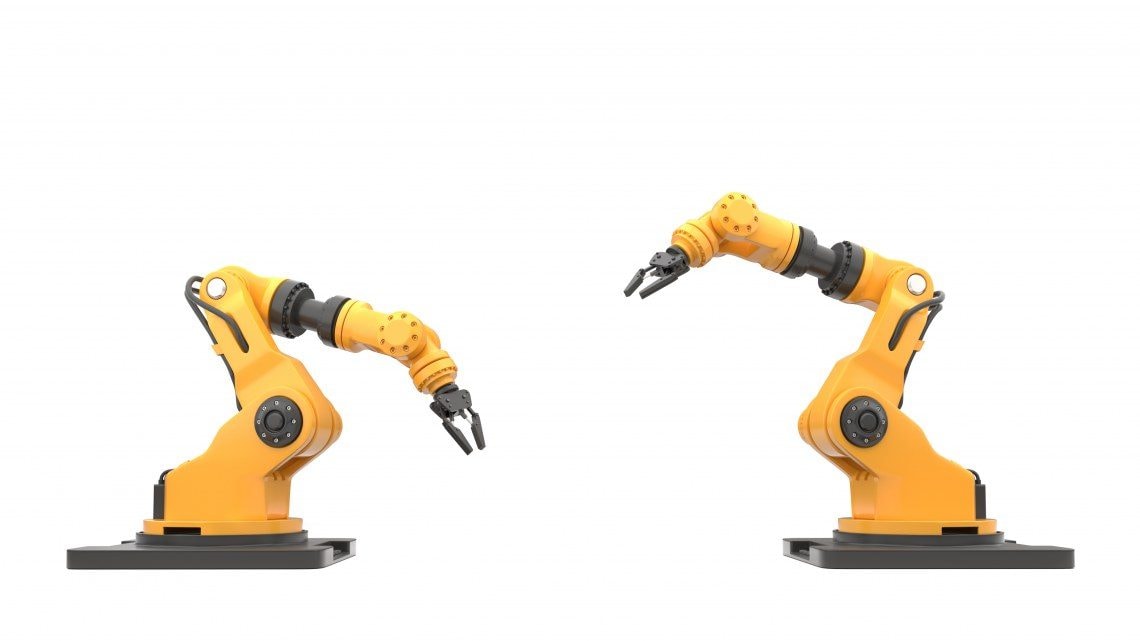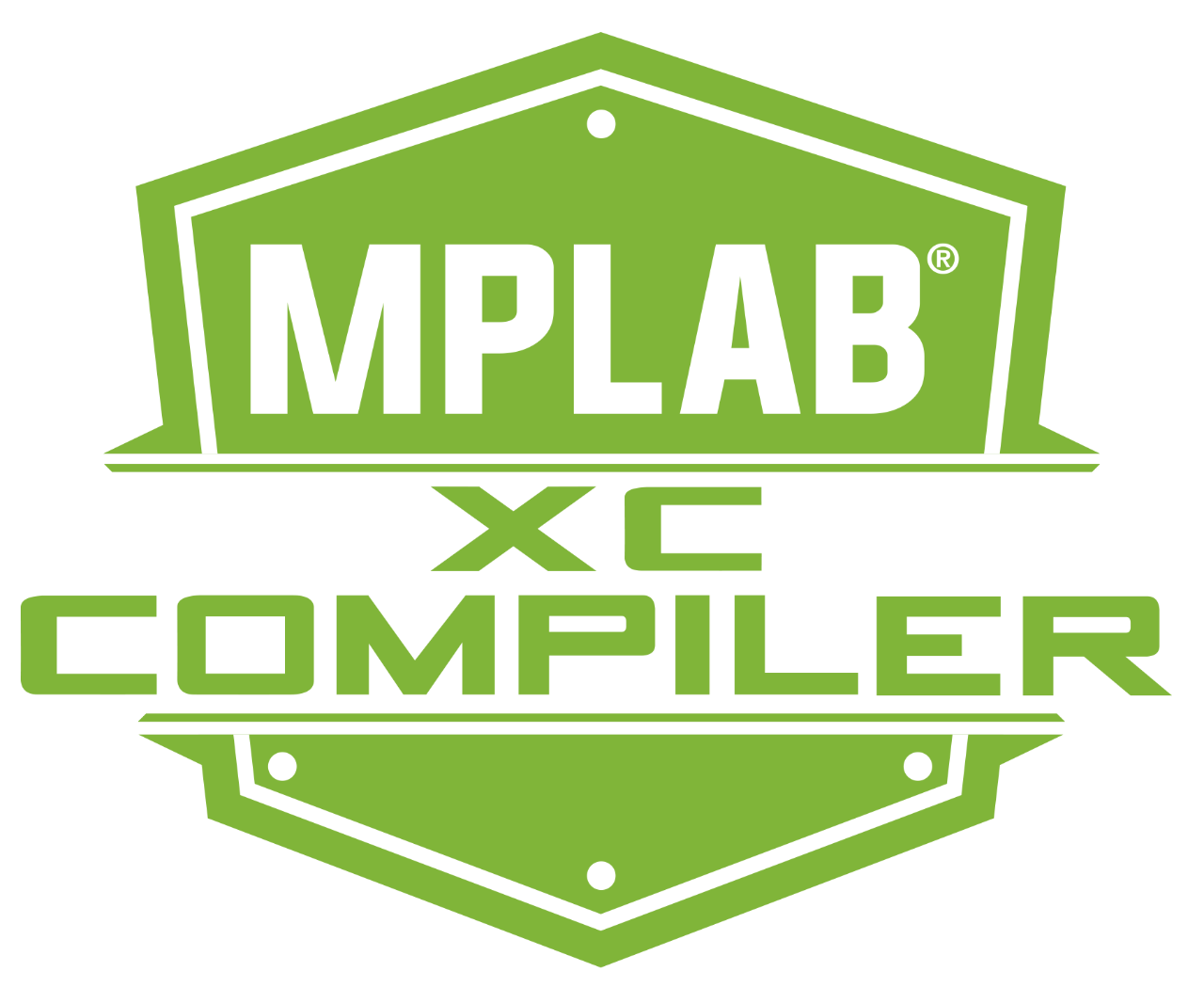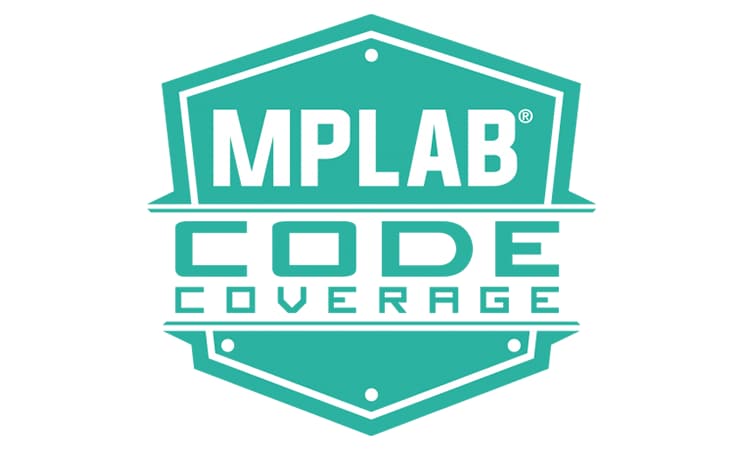IEC 61508 Industrial Functional Safety for PIC® and AVR® MCUs
IEC 61508 is an international standard for the functional safety of Electrical/ Electronic/ Programmable Electronic (E/E/PE) systems. It defines functional safety as part of the overall safety relating to an Equipment Under Control (EUC) or an entire system. The EUC can be as simple as a switch or as complex as a Programmable Logic Controller (PLC). IEC 61508 encompasses four different Safety Integrity Levels (SILs), with SIL 1 having the lowest level of safety in E/E/PE systems and SIL 4 having the highest level of safety.
Designing safe and reliable industrial applications to ensure customer safety is critical. To meet these rigorous safety requirements, we offer a broad portfolio of functional safety ready PIC16, PIC18 and AVR microcontrollers (MCUs) that encompasses the hardware safety features and supporting collateral to help you meet the IEC 61508 requirements for your design.

Uses for Functional Safety Ready PIC and AVR MCUs
You can use our PIC18 and AVR MCUs in safety-critical embedded systems such as UI controllers for mechanical and capacitive buttons, gas and air quality sensors, pressure sensors, electrical fuses and circuit breakers. A wide range of safety-critical sensors and actuators use these devices in areas such as the textile and food industries, oil and renewable energy plants and chemical and medical production. Our affordable and easy-to-use MCUs are also popular as safety co-processors where the PIC or AVR MCU is placed next to a primary MCU/MPU to implement a dedicated safety mechanism or achieve higher SIL levels through redundancy.

Supporting Collateral for Functional Safety Ready MCUs
We provide essential collateral such as IEC 61508 Failure Mode Effort and Diagnostic Analyses (FMEDA) for all PIC16, PIC18 and AVR MCUs as well as IEC 61508 safety manuals for selected devices.
Simplify the safety certification of your industrial safety designs using our ISO 26262 functional safety resources:
- IEC 61508 FMEDA
- IEC 61508 safety manual
- Development ecosystem for functional safety applications with TÜV SÜD-certified MPLAB® XC C compilers and a qualification package for the MPLAB ecosystem

IEC 61508 Functional Safety Packages for PIC and AVR MCUs
Whether you are new to IEC 61508 functional safety or a seasoned expert, you can count on our proven experience and solutions to help you meet functional safety requirements while minimizing cost, risk and development time.

Basic Package
The IEC 61508 Functional Safety Basic Package for PIC16, PIC18 and AVR MCUs provides essential resources like the FMEDA and safety manual: the FMEDA is required to calculate the residual FIT for an MCU when safety-critical functions are identified and corresponding diagnostic mechanisms are selected. The safety manual describes the recommended use of an MCU both from a hardware and software perspective.

Starter Package
The ISO 61508 Functional Safety Starter Package for PIC16, PIC18 and AVR MCUs provides essential resources like the FMEDA and safety manual. In addition, the starter package contains a diagnostic library that provides the implementations of selected diagnostic mechanisms described in the FMEDA and safety manual. The library focuses on tests for core functions such as CPU and memories.
Notes:
- For more information, please contact us at pic_avr.functionalsafety@microchip.com or request a meeting with us.
The IEC 61508 Functional Safety Sample Package for PIC16, PIC18 and AVR MCUs provides preview versions of a FMEDA and safety manual, with limited contents, as well as a diagnostic library with a subset of diagnostic mechanisms available for IEC 61508. The purpose of these packages is to allow you to understand what the functional safety package includes before purchasing it.
FMEDA Document Sample
The sample FMEDA provides an overview of what information that be found in an FMEDA and how it is used to calculate the residual FIT for a microcontroller, when safety critical functions are identified and corresponding diagnostic mechanisms are selected.
Safety Manual Sample
The sample safety manual provides an overview of the structure and content of a typical safety manual, as well as details for selected diagnostics and sections. It describes the recommended use of a microcontroller both from a hardware and software perspective.
Diagnostic Library Sample
The sample diagnostic library allows you to evaluate documentation and selected software diagnotics modules provided with a diagnostic library. The sample diagnostic library is the IEC 60730 Class B library, which in many ways resembles the IEC 61508.
Functional Safety Ecosystem
When you are designing functional safety applications, using development tools that meet the requirements of safety standards can make it easier for you to create compliant systems. To help you with implementing system-level functional safety in your applications, our MPLAB XC C compilers are TÜV SÜD-certified for several functional safety standards. We also provide the complete certification packages for our MPLAB development tools ecosystem to help you qualify your projects.

MPLAB X IDE
Organize, write, test and debug your embedded software applications in the MPLAB X IDE.

MPLAB XC Compiler
Build your embedded software with the TÜV SÜD-certified MPLAB XC8 Pro Functional Safety Compiler.

MPLAB Code Coverage
Verify and document your software test coverage with the MPLAB Code Coverage tool.
Achieving SIL 3 Safety Level
For many functional safety applications, you can implement redundancy or a dual-channel solution to achieve a higher safety level, such as SIL 3. For example, you can use two MCUs meeting the SIL 2 requirement to achieve SIL 3 in an overall system.
This redundancy, or decomposition technique, is one of the reasons why PIC and AVR MCUs are often used as safety co-processors; this method reduces the complexity of the safety implementation and eases the certification to get the product into the market faster. You can often reduce the cost of the end product with this method because it minimizes the total memory consumption, the effort to reach compliance and the maintenance efforts.
You may also choose to use this technique to separate the application and safety processor, and in doing so, you simplify the design and implementation of the embedded application’s software by keeping all safety functions in a safety co-processor. If the safety co-processor conforms to SIL 2, for example, the application as a whole may reach SIL 2 even if the application processor does implement any safety mechanisms.
Please contact one of our local sales offices for additional information or our client success team who can assist you with sales, product inquiries and support on new designs.